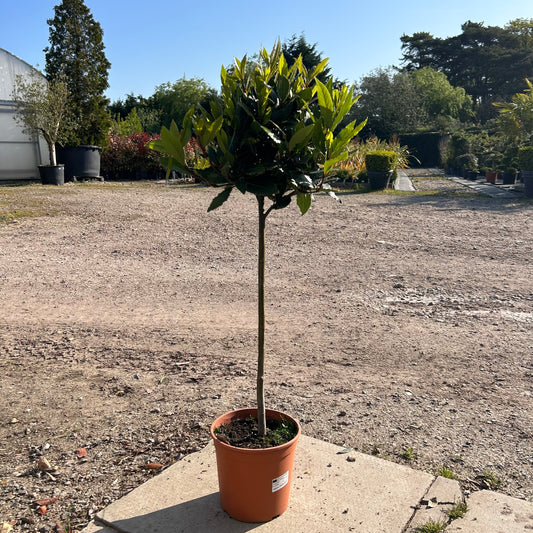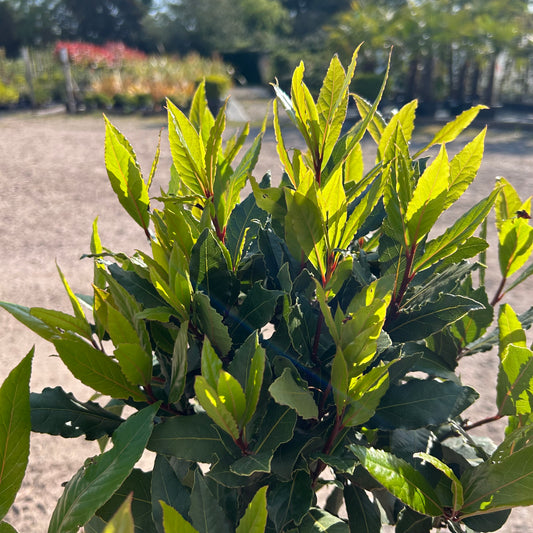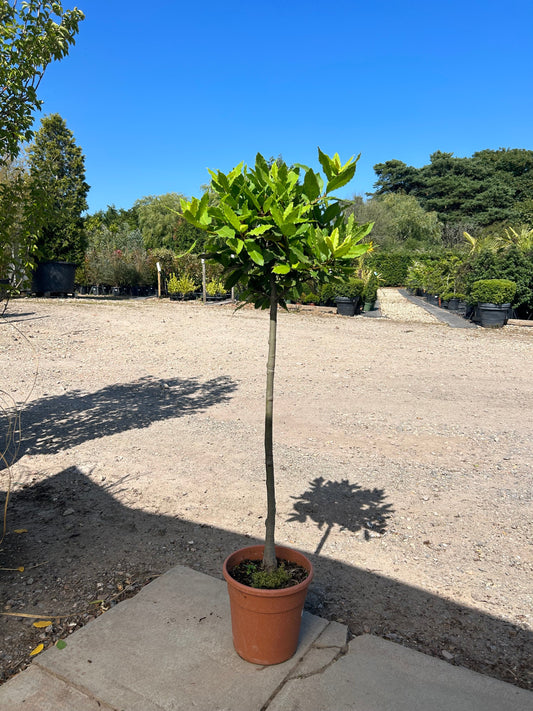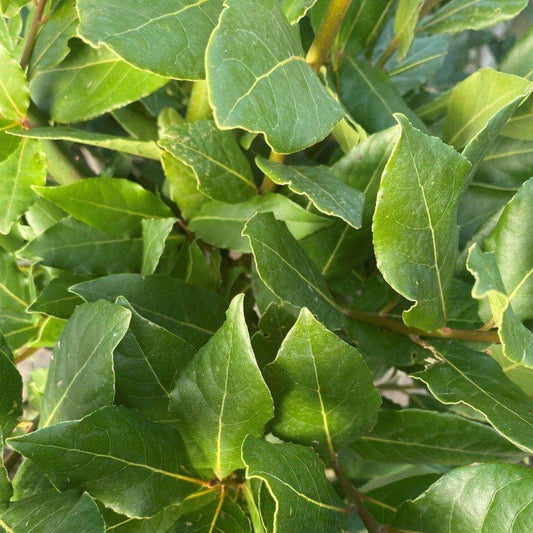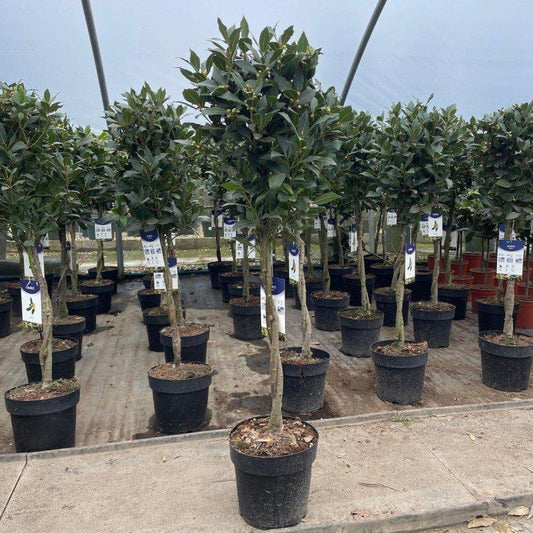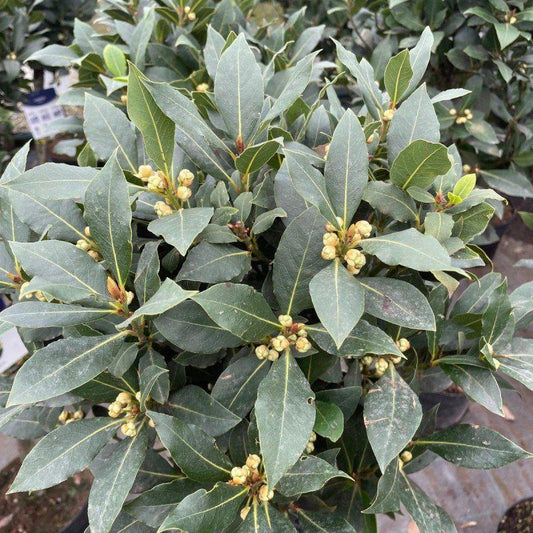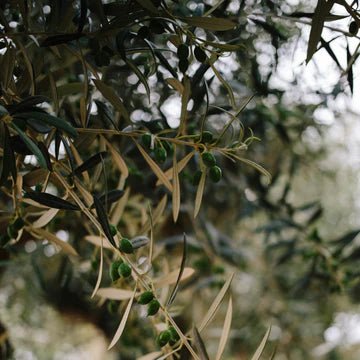Twisted Olive Trees: Nature's Artistic Marvel
Introduction to Twisted Olive Trees
Have you ever gazed upon an olive tree? Not just any olive tree, but one of those ancient, gnarled, and twisted ones? They're a testament to time, nature's artistry, and resilience. But what's the story behind their twisted forms?
History and Origin
The olive tree, scientifically known as Olea europaea, has intertwined its roots with human history for over 6,000 years. Originating from the Mediterranean region, these trees have silently observed the rise and fall of empires, the evolution of societies, and the development of modern civilization.
Why Do Olive Trees Twist?
It's not just a quirk of nature. The twisting pattern of olive trees is a result of their growth in response to various environmental factors. Wind patterns, soil quality, water availability, and even the history of human cultivation can influence this unique growth pattern. It's as if each twist and turn holds a secret from the past.
The Beauty and Aesthetics of Twisted Olive Trees
Twisted olive trees are nature's sculptures. Their unique form has inspired artists, poets, and even landscapers for centuries.
Symbolism in Art and Culture
In many cultures, the olive tree symbolizes peace, wisdom, and victory. Its twisted form often represents resilience and endurance.
Landscaping with Twisted Olive Trees
These trees are a favorite among landscapers and garden enthusiasts. Their unique shape adds character to gardens and parks. Check out some landscaping tips at webgardencentre.com.
Caring for Your Twisted Olive Tree
Like all trees, twisted olive trees require care and attention.
Planting Tips
Choose a sunny spot with well-draining soil. Ensure you water it regularly during the first year.
Pruning and Maintenance
Pruning helps in maintaining the tree's shape and health. Always prune during the dormant season.
The Olive Fruit and Its Uses
Beyond their beauty, olive trees are also known for their delicious and nutritious fruits.
Harvesting Olives
Olives are typically harvested in the late summer to early fall. They can be eaten fresh or processed into olive oil.
Olive Oil: Liquid Gold
Olive oil, often referred to as 'liquid gold', is a staple in Mediterranean cuisine and is known for its numerous health benefits.
Threats to Twisted Olive Trees
Despite their resilience, twisted olive trees face several threats, both natural and man-made.
Common Diseases
Like all plants, olive trees are susceptible to various diseases, which can affect their health and yield.
Environmental Concerns
Climate change, deforestation, and urbanization are some of the environmental threats faced by olive trees.
Conclusion
Twisted olive trees are more than just plants; they're living sculptures, historical records, and symbols of endurance. Whether you're an artist, a gardener, or just someone who appreciates nature's wonders, there's no denying the allure of these ancient trees.
FAQs
- Q: Why are some olive trees twisted while others are not?
- A: The twisting pattern is influenced by environmental factors and the tree's growth history.
- Q: How old can olive trees get?
- A: Some olive trees are believed to be over 2,000 years old!
- Q: Can I plant an olive tree in my backyard?
- A: Yes, but ensure it's the right climate and you have enough space.
- Q: How often should I water my olive tree?
- A: It depends on the age and location of the tree. Young trees need more water.
- Q: Are olives healthy?
- A: Yes, they are rich in healthy fats and antioxidants.


